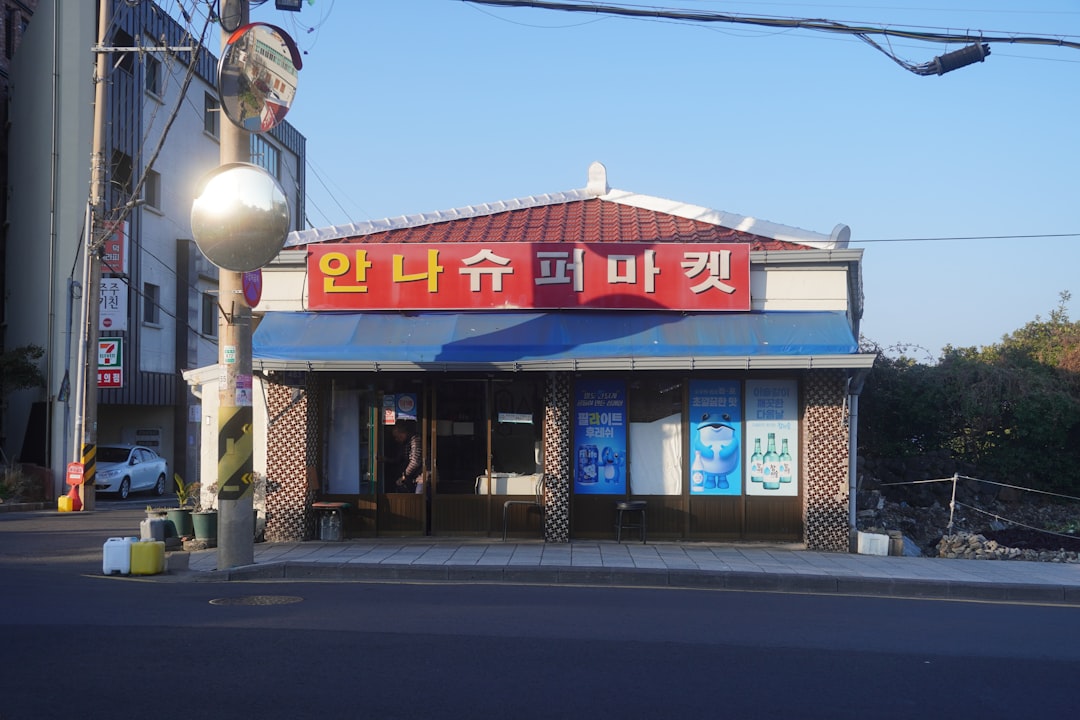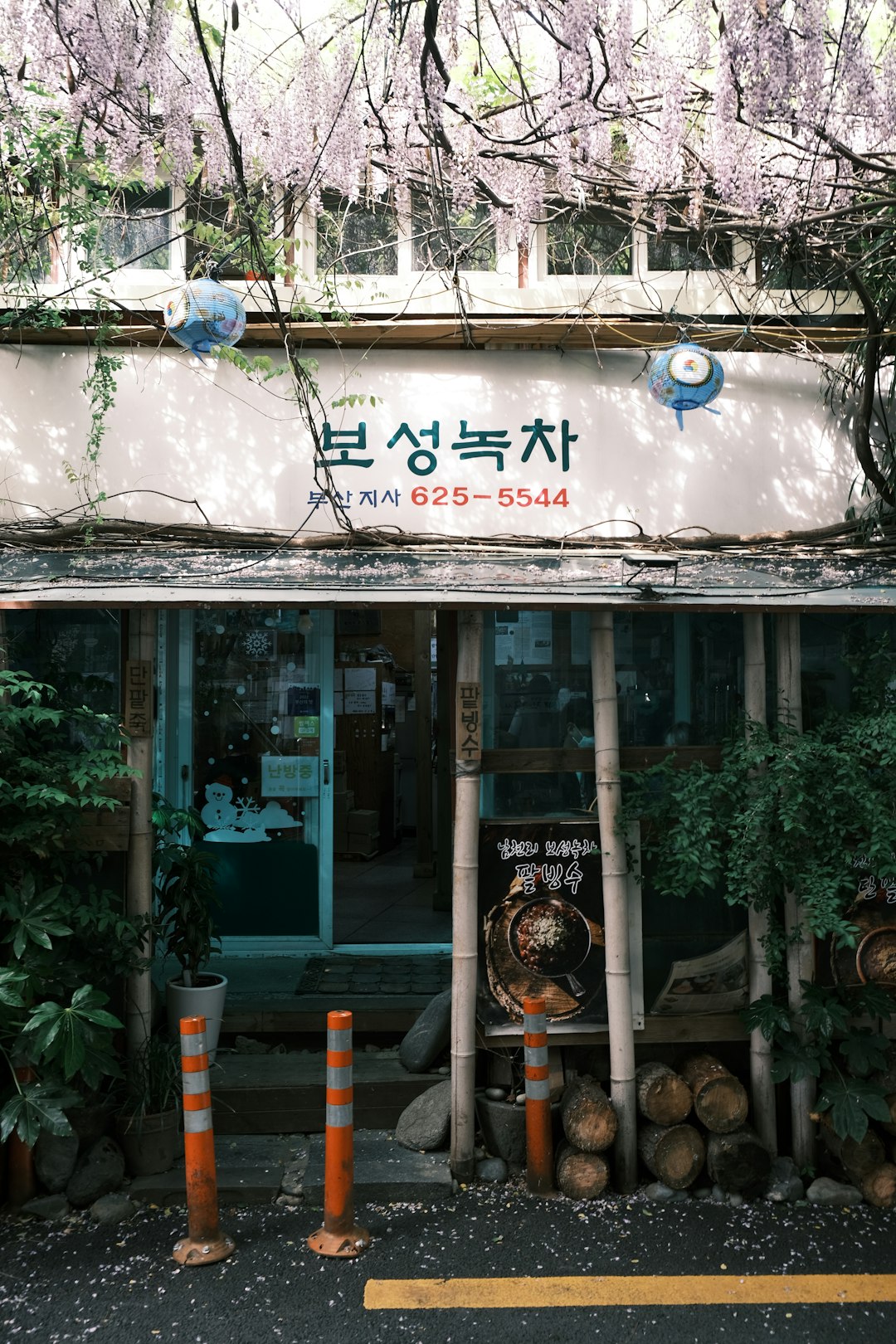
Zanzibar, the semi-autonomous archipelago off the coast of Tanzania, has long been celebrated for its white-sand beaches, rich history, and spice-scented air. As global travel patterns evolve with the rise of internet-based trip planning, digital marketing has become an essential tool for local businesses and tourism organizations in Zanzibar. In particular, local SEO, digital maps optimization, and targeted tourism campaigns are playing a pivotal role in driving tourist traffic and boosting the economy of this island destination.
The Rise of Digital Tourism in Zanzibar
As more travelers turn to platforms like Google, TripAdvisor, and Instagram to plan their journeys, local visibility online has become crucial. Zanzibar’s hospitality sector—comprising hotels, guesthouses, tour operators, dive centers, and restaurants—is increasingly investing in digital techniques to stand out amongst competitors regionally and globally.
This shift reflects broader global trends: According to a 2023 report by Statista, over 74% of travel planning begins with online research. Travelers look for authentic experiences, positive reviews, local attractions, and navigational ease—which can all be addressed through comprehensive digital marketing strategies.
Local SEO: Making Zanzibar Businesses Discoverable
Local Search Engine Optimization (SEO) is one of the most powerful tools for brick-and-mortar businesses in Zanzibar. By optimizing their content and web presence, local entrepreneurs can improve visibility in search results when tourists search for products or services “near me” or within Zanzibar.
Key Strategies for Effective Local SEO
- Google Business Profile: Every business should claim and optimize their Google Business listing. This includes accurate descriptions, up-to-date hours, contact details, photos, and customer reviews. Google uses this to rank local search results.
- Localized Content: Creating web pages and blog posts that contain keywords related to Zanzibar tourism, local landmarks, and seasonal events helps search engines connect businesses with relevant queries.
- Online Reviews: Encouraging satisfied customers to leave positive feedback on platforms like Google and TripAdvisor greatly influences the credibility and rankings of local businesses.
- Mobile Optimization: Most tourists search for information using smartphones. A responsive, fast-loading mobile design is crucial for user experience and SEO.
Zanzibar businesses that invest in local SEO strategies are typically rewarded with higher placement in search engines, leading to increased visibility and foot traffic.
Optimizing for Maps: Navigating the Archipelago
Given the spread of islands and the reliance on local transportation and guides, digital maps are essential tools for tourists. Thankfully, platforms such as Google Maps and Apple Maps have made tremendous strides in plotting Zanzibar’s numerous lodges, beach resorts, cultural sites, and eateries.
Merely existing on a map is not enough. Businesses need to actively manage their map presence to ensure accuracy and engage users.
Optimizing for Map Visibility
- Location Accuracy: Ensuring that the GPS coordinates for the business are precisely pinned prevents confusion and establishes trust.
- Photo Uploads: Regularly uploading high-quality pictures helps convince travelers to visit. Pictures of the premises, menus, rooms, or amenities are particularly helpful.
- Categories and Attributes: Properly selecting business categories (e.g., seafood restaurant, snorkeling tour, heritage site) and attributes (e.g., kid-friendly, Wi-Fi, scenic view) helps appearing in filtered search results.
Zanzibar’s historical districts, such as Stone Town, feature winding alleyways and hidden courtyards where tourists rely on digital maps to find their way. Ensuring mark-ups are correct on digital platforms can mean the difference between gaining or losing footfall.

Tourism Campaigns: Crafting the Island Narrative Online
In addition to technical SEO, storytelling through tourism campaigns has proven to be extremely effective in placing Zanzibar on the global tourist map. Leveraging tools like social media, video content, and influencer marketing, these campaigns transform the island from a destination into an experience.
Components of a Successful Tourism Campaign
- Destination Branding: Establishing Zanzibar’s identity through compelling visuals and narratives—whether that’s as a romantic escape, a diving paradise, or a cultural retreat—creates emotional resonance with travelers.
- Integrated Social Media: Using platforms like Instagram, Facebook, and TikTok to showcase current happenings, testimonials, and user-generated content can build trust and visibility.
- Collaborations with Travel Influencers: Partnerships with respected travel bloggers, YouTubers, and Instagram influencers help extend the reach to international audiences.
- Seasonal Promotions: Promoting off-season deals, unique festivals, or cultural experiences such as Zanzibar’s Sauti za Busara music festival draws new tourist segments throughout the year.
In recent years, the Zanzibar tourism board and private sector have launched campaigns such as “Feel Zanzibar,” aimed at showcasing cultural diversity, eco-tourism, and authentic island life. These campaigns are digitally supported with landing pages, PPC advertisements, and social media promotions—all fine-tuned using local SEO strategies.

Challenges and Opportunities
While digital marketing offers vast potential, there are also critical barriers. Internet access and digital literacy among small business owners in rural areas of Zanzibar are still limited. Many local entrepreneurs lack the resources or skills to create effective websites, manage reviews, or monitor SEO performance. This reinforces the need for digital marketing training and support provided by local government, NGOs, or private initiatives.
However, there is also great potential for growth. As connectivity improves and global smartphone penetration rises, more Zanzibari youth are learning digital skills that can be applied to marketing the region more effectively. In addition, eco-conscious and experience-driven travelers are specifically seeking off-the-beaten-track destinations like Zanzibar, making digital discoverability even more crucial.
The Future of Digital Tourism in Zanzibar
Looking ahead, more sophisticated digital tools are expected to play a role in how Zanzibar presents itself. The use of AI-powered travel chatbots, 360-degree virtual tours, and multilingual websites has the potential to attract an even broader international audience—from Swahili-speaking East Africans to German tourists and North American backpackers.
As sustainability becomes a central theme in travel, digital marketing can also highlight Zanzibar’s commitment to eco-tourism through conservation projects, plastic bans on beaches, and locally-led community tours. These narratives need to be effectively communicated through the right digital channels.
Emerging Trends to Watch
- Voice Search Optimization: With the growth of voice assistants, businesses will need to optimize for conversational queries such as “best seafood restaurant near Nungwi.”
- AI in Marketing Analytics: More businesses are expected to use tools like Google Analytics 4 and CRM systems to better understand customer behavior and improve campaign performance.
- Multilingual Search Visibility: Targeting keywords in German, French, and Italian can help reach Zanzibar’s key inbound markets more effectively.
Conclusion
In a rapidly digitalizing world, the tourism industry in Zanzibar stands at a crossroads. Embracing local SEO, accurate map listings, and emotionally resonant tourism campaigns is no longer optional—it’s essential for competing in the global travel market. Each beachside resort, cultural site, and tour operator that invests in smart digital strategies enhances not just their own visibility but amplifies the appeal of Zanzibar as a whole.
The digital tides have arrived on Zanzibar’s shores, and those who rise with them will unlock new realms of success and sustainability.





